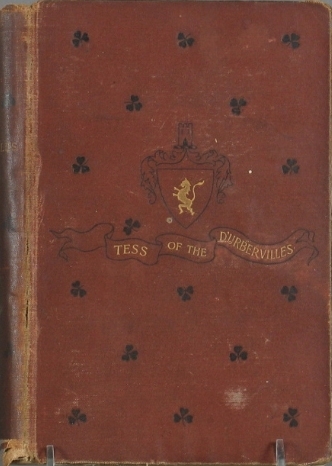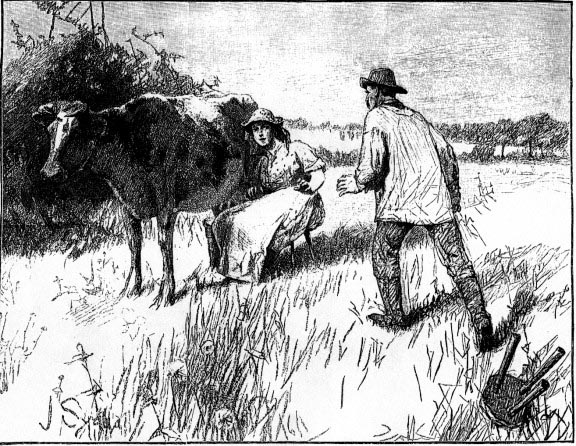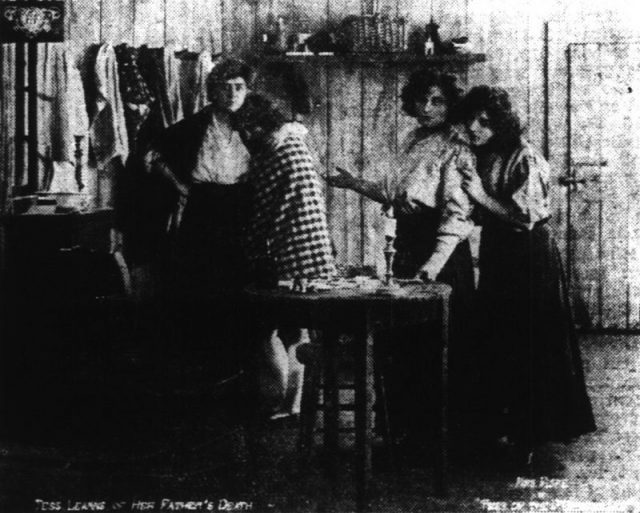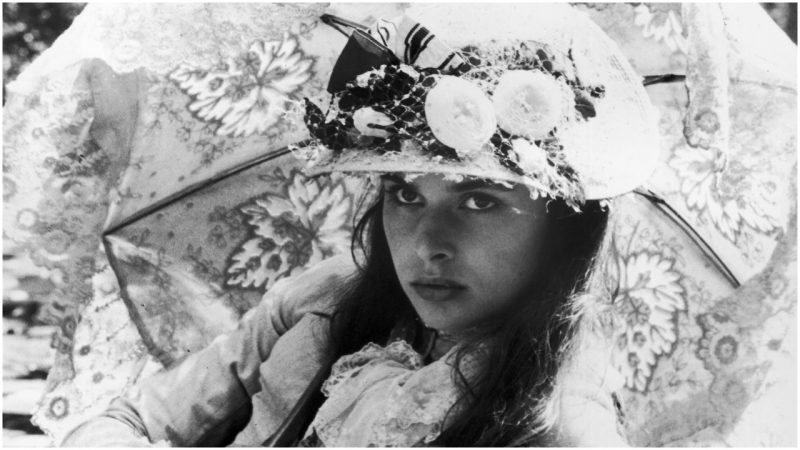In the classic novel Tess of the d’Urbervilles, the title character possesses the kind of beauty that draws a certain sort of attention: “A small minority, mainly strangers, would look long at her in casually passing by, and grow momentarily fascinated by her freshness, and wonder if they would ever see her again: but to almost everybody she was a fine and picturesque country girl, and nothing more.”
But that attention leads to tragedy for Tess, who after being abused and mistreated by the man whom she lives with, finally murders him. At the end of the novel, Tess is hanged in the “city of Wintoncester, that fine old city,” although the reader is spared the details, only being told that a black flag slowly moves up the staff after the execution is finished.
It was otherwise for Thomas Hardy, author of Tess of the d’Urbervilles, who when he was 16 years old witnessed the public hanging of a woman charged with murdering her husband. “Mrs. Brown became the last woman to be hanged in Dorset in 1856 aged 44 after she was found guilty of murdering her violent husband John Brown after he had beaten her with a whip during an argument,” according to The Telegraph.

Elizabeth Martha Brown was an ordinary woman and a servant who married a younger man, John Brown, a fellow servant. It was said that he married her for her money as well as for her looks. She was quite attractive. After Martha discovered him in bed with another woman, they quarreled, he drunkenly beat her, and she retaliated by hitting him in the head with an ax. Afterward, she insisted that his head wound was caused by a horse kicking him.
Martha was found guilty in court, and the sentence of hanging was mandatory. There was some sympathy for the abuse she’d suffered, but the Home Secretary refused to mitigate the death sentence because she persisted with her horse story. In fact, in her cell, after being condemned, Martha admitted her guilt. She said in her confession: “I was much enraged, and in an ungovernable passion, on being so abused and struck, I directly seized a hatchet which was lying close to where I sat, and which I had been using to break coal with to keep up the fire and keep his supper warm, and with it (the hatchet) I struck him several violent blows on the head. I could not say how many.”

But apparently, it was too late for her death sentence to be changed. Several thousand people witnessed her hanging. “She was incredibly brave in the face of death,” according to capitalpunishmentuk.org.
Martha Brown is one of 47 people who have been buried at Dorchester Prison in Dorset. The jail was closed in 2013, and the property sold for development of houses, when the news broke of the bodies buried there. The developer wanted to build more than 100 houses over the remains until writer, actor, and director Julian Fellowes of Downton Abbey and Gosford Park intervened. Fellowes wrote to the Bishop of Salisbury urging the church to “do the decent thing” and take care of all the bodies buried at the prison.
In late March 2018, ecclesiastical authorities “ruled the bodies will be interred in a common grave at nearby Poundbury Cemetery, with a suitable service of Christian committal.”
Fellowes, who is the president of the Hardy Society, says he would like Martha Brown’s remains to be identified with DNA obtained from a living descendant, and then buried in the village church where Thomas Hardy’s heart is interred.

Witnessing the hanging of Martha Brown had a profound impact on Hardy. Seventy years later, in a letter, he admitted that he still felt ashamed over being part of the crowd, and attributed it to his youth.
Hardy wrote: “I remember what a fine figure she showed against the sky as she hung in the misty rain, and how the tight black silk set off her shape as she wheeled half-round and back.”
Nancy Bilyeau, the U.S. editor of The Vintage News, has written a trilogy of novels set in the court of Henry VIII: ‘The Crown,’ ‘The Chalice,’ and ‘The Tapestry.’ The books are for sale in the U.S., the U.K., and seven other countries. For more information, go to www.nancybilyeau.com.
